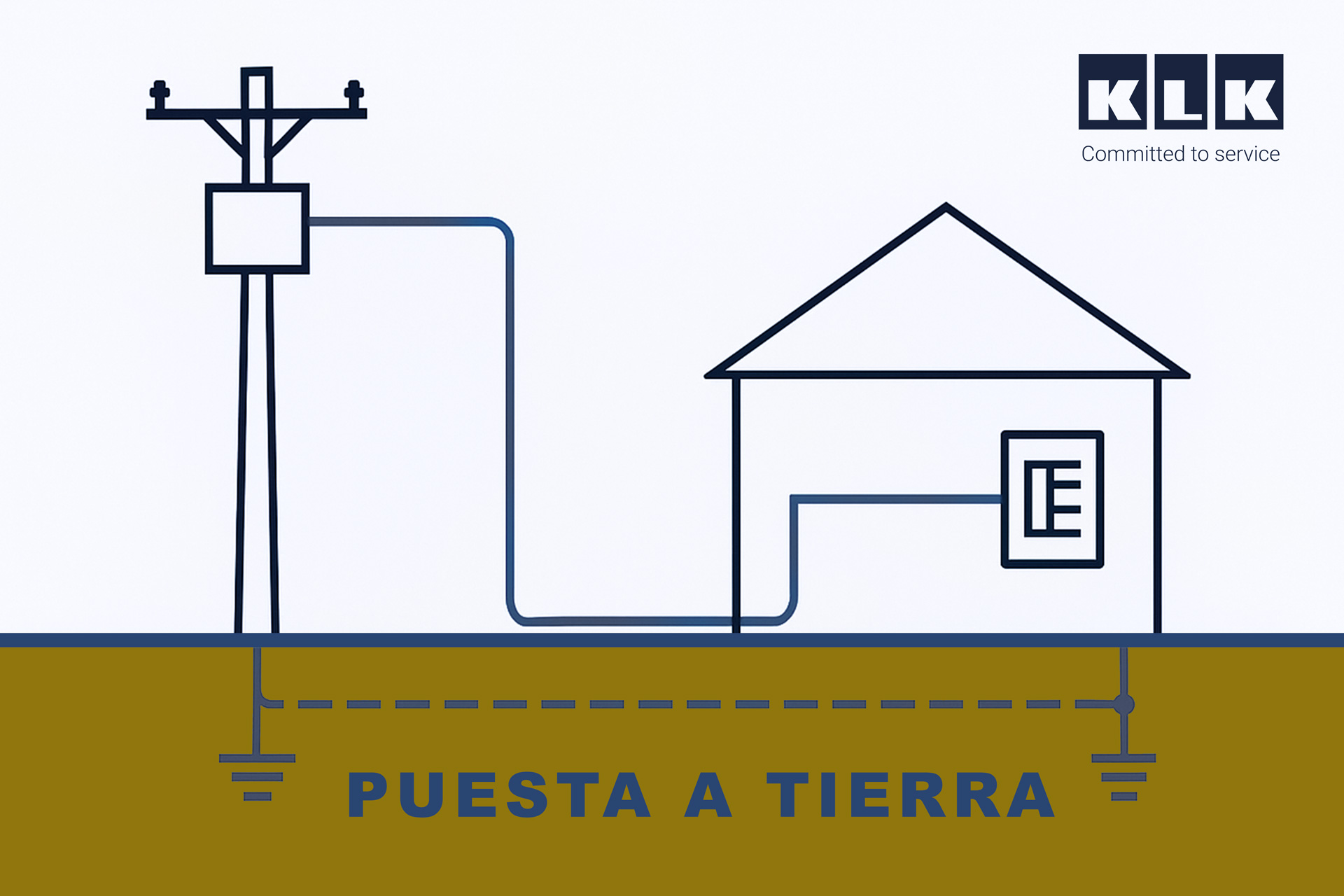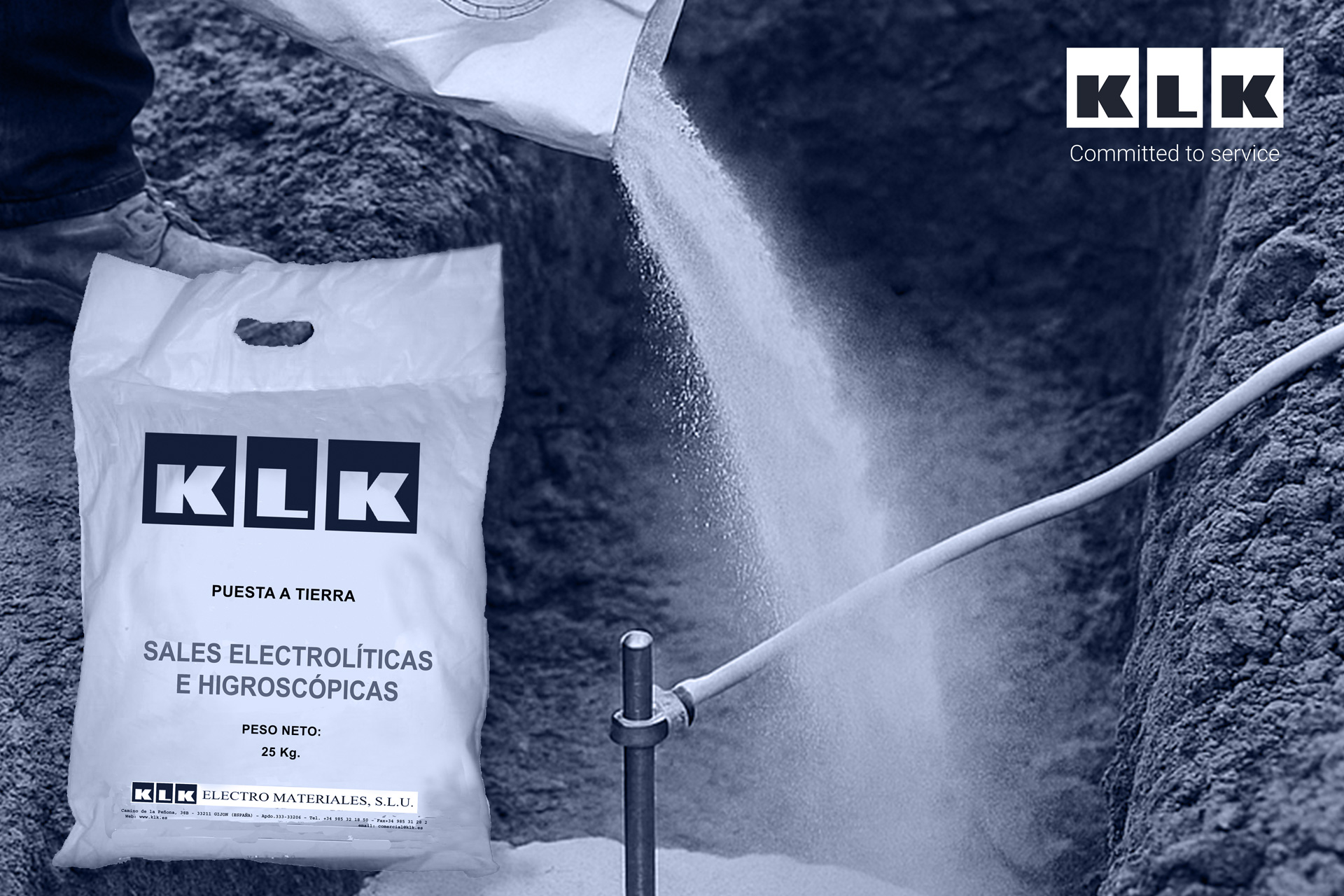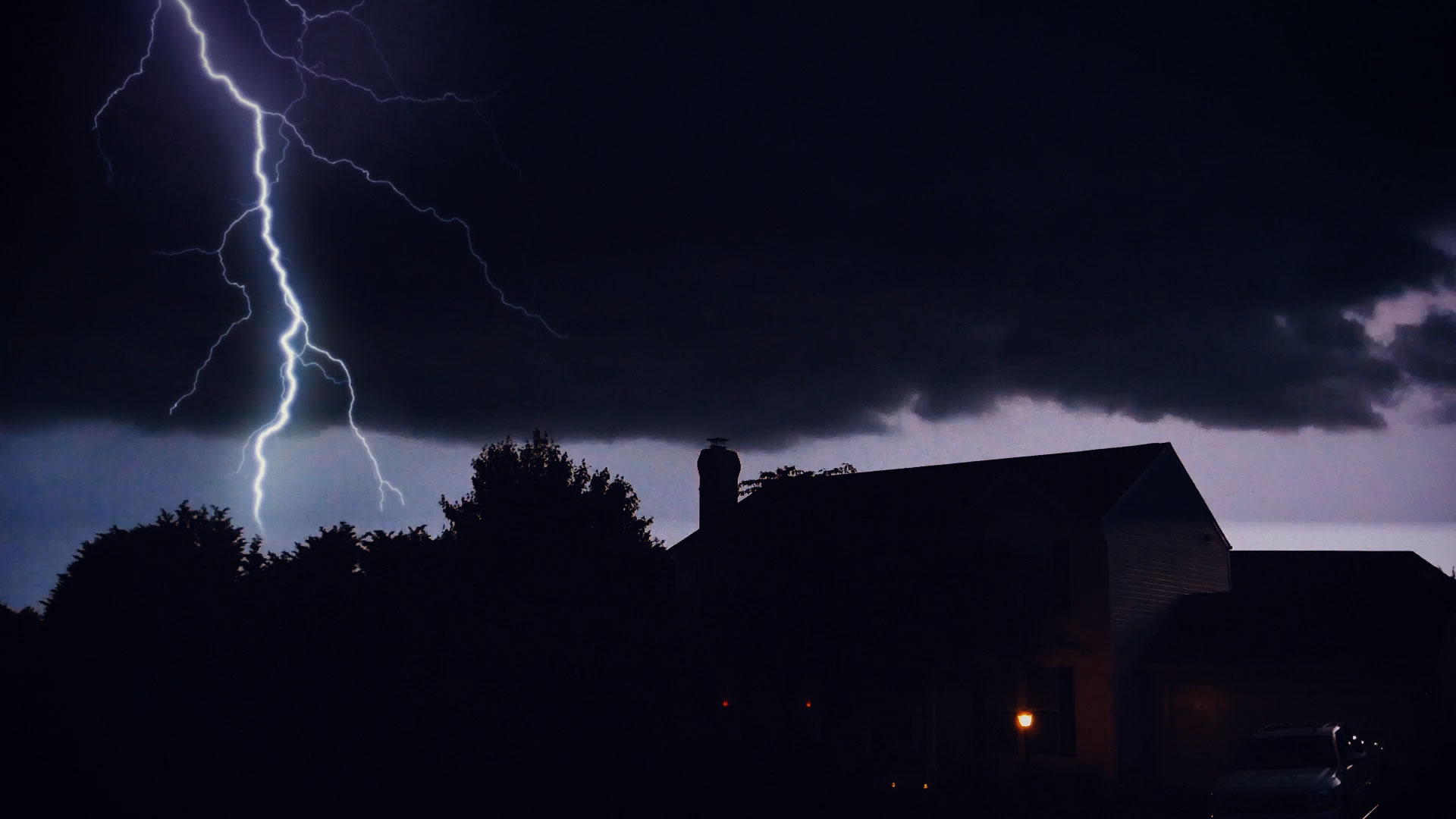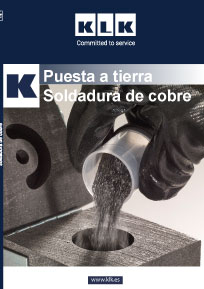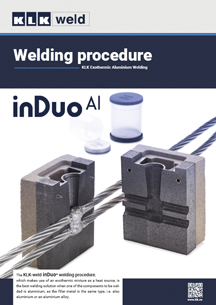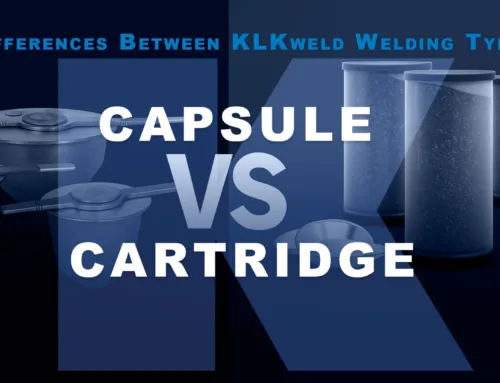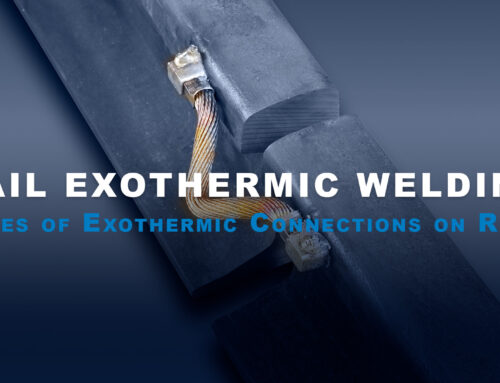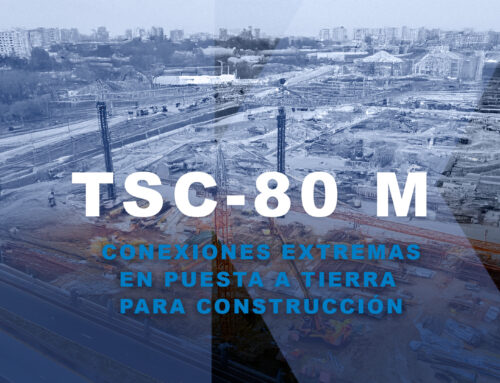July 2, 2025 | Grounding System
What Is a Grounding System?
A grounding system is a set of components designed to connect the metallic parts of an electrical installation to the earth. Its main purpose is to ensure electrical safety for people, equipment, and infrastructure by safely dissipating fault currents or lightning discharges.
At KLK, we develop complete grounding solutions by combining high-quality materials, code-compliant engineering, and smart control technology.
Everything You Need to Know…
Types of Grounding Systems
Depending on their function, grounding systems fall into two main categories:
- Protective grounding (equipment grounding): Protects people in the event of indirect contact or electrical faults.
- Service grounding (neutral grounding): Provides a stable reference potential for the proper operation of the electrical system.
Key Elements of an Effective Grounding System
Grounding electrodes are the conductive components responsible for establishing the physical and electrical connection between a system or installation and the earth. Their primary function is to dissipate fault currents or electrical discharges (such as those caused by lightning or insulation failures) safely into the ground, reducing risks to people, equipment, and structures.
These electrodes can vary in type and material—such as copper-bonded steel rods, ground plates, buried conductors, or chemical systems—and are selected based on soil conditions, resistivity levels, and the regulatory requirements of each installation.
An efficient grounding system depends directly on the correct selection, installation, and maintenance of its electrodes. Electrical safety and compliance with international standards—such as IEC 60364 or NFPA 70 (NEC)—rely heavily on this aspect.
At KLK, we manufacture and supply various types of electrodes based on soil resistivity and code requirements:
- High-conductivity copper-bonded steel rods with excellent corrosion resistance (starting from 100 µm coating).
- Special electrodes for rocky or high-resistivity soils.
- Electrodes for cathodic protection systems.
- Ground meshes for grounding grids.
- Graphite electrodes for chemically aggressive environments.
Although it may seem like a simple or minor component, the grounding electrode is often the weakest link in many systems. The connection between the bare copper conductor and the electrode—whether via mechanical clamp or exothermic welding—must be flawless, as a poor connection can cause serious failures and put both people and electrical equipment at risk.
Here’s a link to an article that clearly explains the advantages of different connection methods. Read the article here
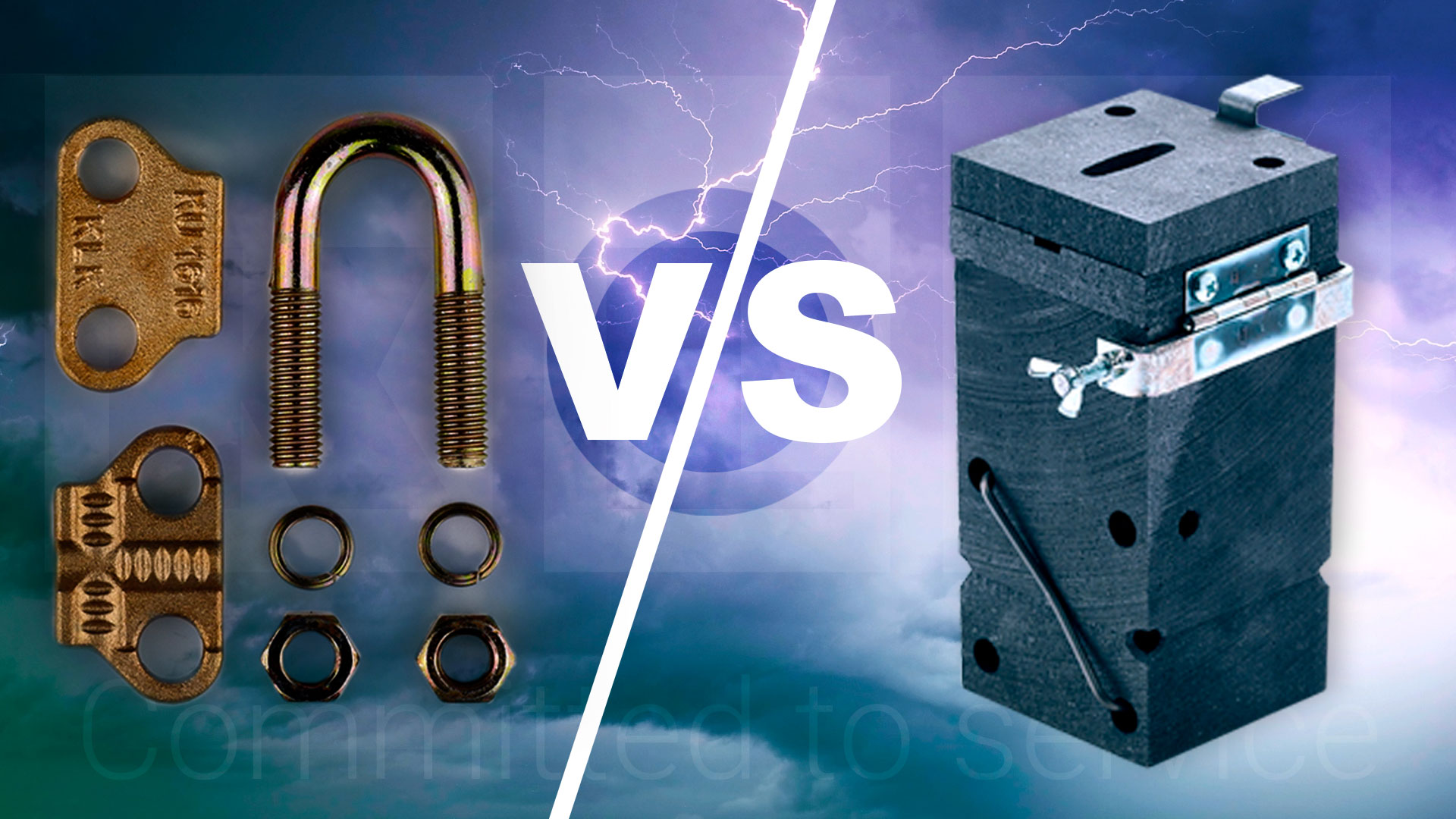
Connection Types | KLK
Performance Optimization: Low-Resistance Grounding
An effective grounding system must maintain the lowest possible electrical resistance to ensure the rapid dissipation of fault or lightning currents. However, in areas with naturally high soil resistivity—such as rocky, arid, or low-moisture environments—achieving the desired resistance can be a technical challenge.
To address this issue, KLK uses eco-friendly conductivity enhancers specifically formulated for these types of soils. These compounds not only significantly reduce the ohmic value of the grounding system but also:
- Retain moisture around the electrode for longer periods, stabilizing its performance.
- Prevent corrosion of metallic conductors, extending the service life of the installation.
- Are environmentally safe and compliant with environmental regulations.
Thanks to this solution, it’s possible to maintain consistent and effective resistance even under extreme conditions, ensuring the reliability and safety of the electrical system.
What About Lightning Protection Systems?
When an installation includes lightning protection systems, it’s essential to have a dedicated ground electrode for the lightning rod, designed to efficiently direct atmospheric discharges into the earth. KLK recommends that this ground be interconnected with the main grounding system using spark gaps or controlled coupling devices.
This setup offers several key benefits:
- Prevents galvanic corrosion between dissimilar materials by keeping systems separated under normal conditions.
- Improves system efficiency by ensuring that discharges follow the most direct and lowest impedance path.
- Complies with international standards such as IEC 62305, which requires proper coordination between grounding systems.
With this solution, effective protection is ensured for both electrical equipment and structures, maintaining safety even during high-intensity discharges.
Practical Tips We Consider Essential at KLK:
Grounding Design and Soil Resistivity Studies
✅ On-site geoelectric studies to determine actual soil resistivity.
✅ Custom designs tailored to each type of installation and international standards.
✅ Advanced software simulations.
✅ Use of anti-theft conductors resistant to harsh environments.
✅ Remote monitoring system to track installation status in real time.
Grounding Weld
Check out some catalogs that might interest you:
¿Needs help?


